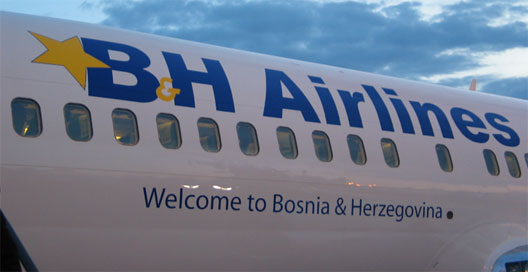 Asiana Airline damage
Asiana Airline damage Asiana Airlines food
Asiana Airlines food Asiana Airhost
Asiana Airhost Asiana Airline flying
Asiana Airline flyingAsiana was established on 17 February 1988 and started operations in December 1988 with flights to Busan. It was formed by the Kumho Asiana Group (formerly Kumho Group) as part of the South Korean government's policy to create a second flag carrier and was originally known as Seoul Air International. The South Korean government has given its approval for foreign ownership of the airline to increase from 20% to 50%. The airline is owned by private investors (30.53%), Kumho Industrial (29.51%), Kumho Petrochemical (15.05%), foreign investors (11.9%), Korea Development Bank (7.18%), and others (5.83%). It employs 7,799 staff (at March 2007).[5]
Asiana Airlines has rapidly expanded since its establishment in 1988 to become a midsized, global carrier with a fleet of 69 aircraft providing international services to 66 cities in 21 countries on 82 routes, and domestic services to 12 cities on 15 routes. In 2007, the airline had net sales of some US $3 billion.[6]
[edit] New image
In February 2006, Asiana Airlines modernised its corporate identity to harmonise with those of other divisions of its parent company the Kumho Asiana Group. The names of the travel classes have changed from First Class, Business Class, and Economy Class to First, Business, and Travel classes respectively, and the colors of the travel classes have changed to yellow, blue and red for First, Business, and Travel Class, respectively. New uniforms are also planned for the crew.[7]
On 18 April 2007, Skytrax awarded Asiana the prestigious five-star ranking, an accolade shared with Cathay Pacific, Malaysia Airlines, Qatar Airways, Singapore Airlines and Kingfisher Airlines.[8] On 17 February 2009, Air Transport World awarded Asiana the "Airline of the Year", which is considered one of the most honorable awards in the airline industry.
[edit] Notable achievements
* Asiana was awarded first in class certification by the International Organization for Standardization (ISO) for meeting criteria ISO 14001 in 1996.[9]
* In 2001 Asiana Airlines was designated as the first environmentally friendly company within the service industry by the Ministry of Environment Republic of Korea.[10]
An Asiana Boeing 777-200ER in post-2006 colours departs from Sydney Airport in Australia
* In 2009 Asiana was awarded the title Airline of the Year by Air Transport World (ATW).[11]
* In May 2010, Asiana Airlines has been named the best airline in the world by Skytrax at the 2010 World Airline Awards.[12]
[edit] Destinations
Further information: Asiana Airlines destinations
Asiana Airlines serves destinations on four continents with a well-developed Asian network covering that also takes in important cities in China, Japan, Southeast Asia and Central Asia. The airline serves a number of gateway cities in North America and Europe while retaining its limited coverage of Oceania.
[edit] Codeshare agreements
The airline has codeshare agreements with the following airlines (as of 28 July 2010):[13]
Asiana 747 in new livery taking off from Manila's Ninoy Aquino International Airport
* Kazakhstan Air Astana
* South Korea Air Busan
* Canada Air Canada (Star Alliance)
* People's Republic of China Air China (Star Alliance)
* New Zealand Air New Zealand (Star Alliance)
* Japan All Nippon Airways (Star Alliance)
* United Kingdom bmi (Star Alliance)
* People's Republic of China China Eastern Airlines (SkyTeam in 2011)
* People's Republic of China China Southern Airlines (SkyTeam)
* United States Continental Airlines (Star Alliance)
* Egypt EgyptAir (Star Alliance)
* Poland LOT Polish Airlines (Star Alliance)
* Australia Qantas (Oneworld)
* Qatar Qatar Airways
* People's Republic of China Shanghai Airlines (Star Alliance; SkyTeam in 2011)
* People's Republic of China Shenzhen Airlines
* Singapore Singapore Airlines (Star Alliance)
* South Africa South African Airways (Star Alliance)
* Thailand Thai Airways International (Star Alliance)
* Turkey Turkish Airlines (Star Alliance)
* United States United Airlines (Star Alliance)
* United States US Airways (Star Alliance)
[edit] Fleet
An Asiana Airbus A320 taxiing at Matsuyama Airport, Japan. (2009)
An Asiana Airbus A321-200 taxiing at Taiwan Taoyuan International Airport, Taiwan. (2005)
An Asiana Boeing 767-300 in the Star Alliance livery, lands at Seoul-Incheon International Airport, South Korea. (2009)
An Asiana Boeing 777-200ER in the previous livery landing at Frankfurt Airport, Germany. (2007)
An Asiana Cargo Boeing 747-400F taxiing at Amsterdam Airport Schiphol, Netherlands. (2009)
[edit] Passenger
The Asiana Airlines fleet consists of the following aircraft:[3][14]
Asiana Airlines Fleet Aircraft In service Orders Options Passengers
(First/Business/Travel)
Airbus A320-200 11 0 0 162 (-/-/162)
146 (-/8/138)
143 (-/8/135)
Airbus A321-100 2 0 0 200 (-/-/200)
Airbus A321-200 13 0 0 191 (-/-/191)
179 (-/12/167)
177 (-/12/165)
171 (-/12/159)
Airbus A330-300 8 0 0 290 (-/30/260)
Airbus A350-800 0 10 10 TBA
Airbus A350-900 0 10 TBA
Airbus A350-1000 0 10 TBA
Boeing 737-400 2 0 0 162 (-/-/162)
160 (-/-/160)
Boeing 747-400 2 0 0 359 (10/45/304)
Boeing 747-400M 2 0 0 280 (12/32/236)
264 (10/24/230)
Boeing 767-300 7 0 0 250 (-/15/235)
Boeing 777-200ER 11 2 0 303 (-/32/271)
299 (-/28/271)
262(8/28/226)
Total 59 32 10
[edit] Cargo
The Asiana Cargo Airlines fleet consists of the following aircraft:[15]
Asiana Airlines Cargo Fleet Aircraft In service Capacity
(max. weight) Routes
Boeing 747-400F 4 120,000 kg (265,000 lb) International medium-long haul
Asia, Europe and North America
Boeing 747-400BDSF 3 120,000 kg (265,000 lb) International medium-long haul
Asia, Europe and North America
Boeing 767-300F 1 54,000 kg (119,000 lb) Regional short-medium haul
China, Japan and Southeast Asia
* The first of four Boeing 747-400 combi to full freighter conversions has been delivered from Bedek Aviation Group, part of Israel Aerospace Industries. The second delivery will be later in 2007, with the other two conversions due for delivery in early 2009[16]
* The average Asiana Airlines fleet age was 7.7 years old in December 2008.[17]
* Asiana Airlines will return all of its leased Boeing 747-400 passenger aircraft, while it has a plan to convert three B747-400M to freighters. In order to compensate for the loss of these passenger jets, Asiana will introduce two Boeing 777-200ER aircraft. Asiana plans discussions with Boeing in September for further aircraft procurement.[citation needed]
* Asiana assigns Hong Kong, Saipan and Taipei to its Southeast Asia grouping.[18][19]
* All Boeing 737-400 aircraft of Asiana will be received by Air Busan after retire from Asiana until 2010.
[edit] Frequent flyer programme
Asiana Club Silver card
Asiana Club is Asiana Airline's frequent flyer programme, formerly Asiana Bonus Club. Asiana Club has five tiers: Silver, Gold, Diamond, Diamond Plus and Platinum. Status miles are based on 'On-board mileage', which includes miles accumulated by travelling with Asiana Airlines or Star Alliance airlines. Miles accumulated in the programme entitle members to bonus tickets, class upgrades and other products and services.[20]
[edit] Partners
Asiana Club Miles can be collected on most flights operated by Star Alliance member airlines and Qatar Airways.[21]
[edit] Cargo
Asiana Boeing 747-48EM(now BDSF) in old livery in Frankfurt
Asiana Cargo is the airline's freight division, operating 747F and 767F freighter aircraft to points in Asia, Europe and North America.
[edit] Incidents and accidents
Asiana Airlines logo, 1988-2005
* On 29 April 2009, an Asiana Airlines Boeing 777, flight 271, flying between Seattle-Tacoma International Airport (SEA) and Incheon Airport (ICN), with 179 passengers and 16 crew aboard made an emergency landing shortly after taking off from SEA after fire and smoke was seen from the left engine. The airplane dumped fuel over the Puget Sound, before landing safely around 3:30 pm at Seatac. The 7 year old Boeing 777-200ER, registered HL7700 is powered by two Pratt & Whitney PW4090 engines. It was delivered on May 24, 2002. A compressor stall is blamed for the incident as of May 4, 2009. Local residents expressed their concern about the fuel dump but authorities assured the general public that the fuel dump did not cause any adverse consequences, including potential injury to wildlife.[22]
* On 19 August 2004, Asiana Airlines flight 204, a Boeing 747 coming into Los Angeles International Airport from Incheon, South Korea, had a near collision with Southwest Airlines Flight 411, a Boeing 737, while landing as a result of a mix-up by air-traffic controllers. The pilot of the Asiana flight aborted the landing, saving both planes.[23]
* On 11 November 1998, an Asiana Airlines B747-400 attempting a U-Turn in the gate area of the Ted Stevens Anchorage International Airport embedded its winglet in an Aeroflot Ilyushin Il-62M tail. No one was injured. Asiana was subsequently sued by Aeroflot. The Il-62M in this incident is now retired and is parked at Ted Stevens Anchorage International Airport with the Asiana winglet still embedded into its tail.[24]
* On 26 July 1993, Asiana Airlines Flight 733, a B737-500 (HL7229) struck high ground in poor weather about 4 kilometres from the runway in Mokpo while it was making its third attempt landing at runway 06 at Mokpo Airport. 2 of the 6 crew members and 66 of the 110 passengers were killed.[25]









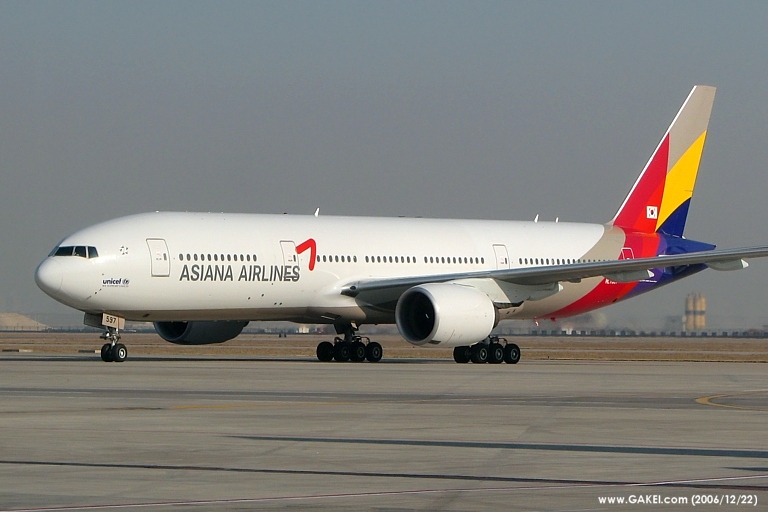
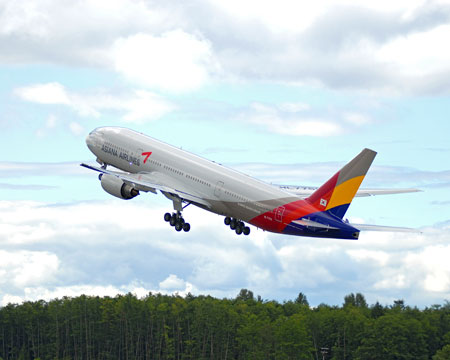

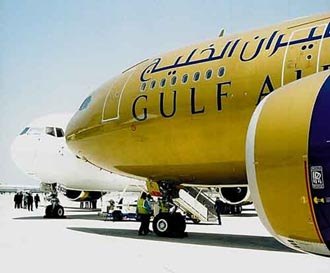
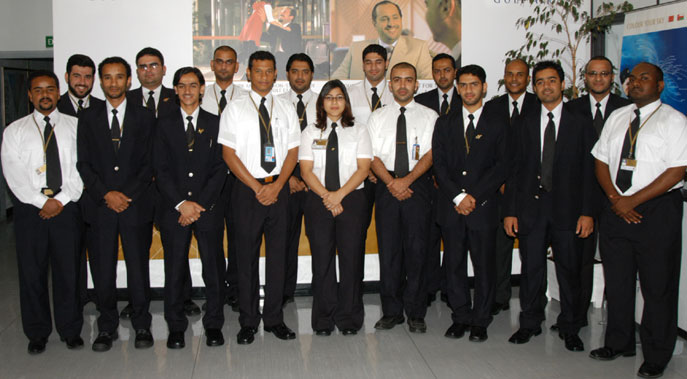

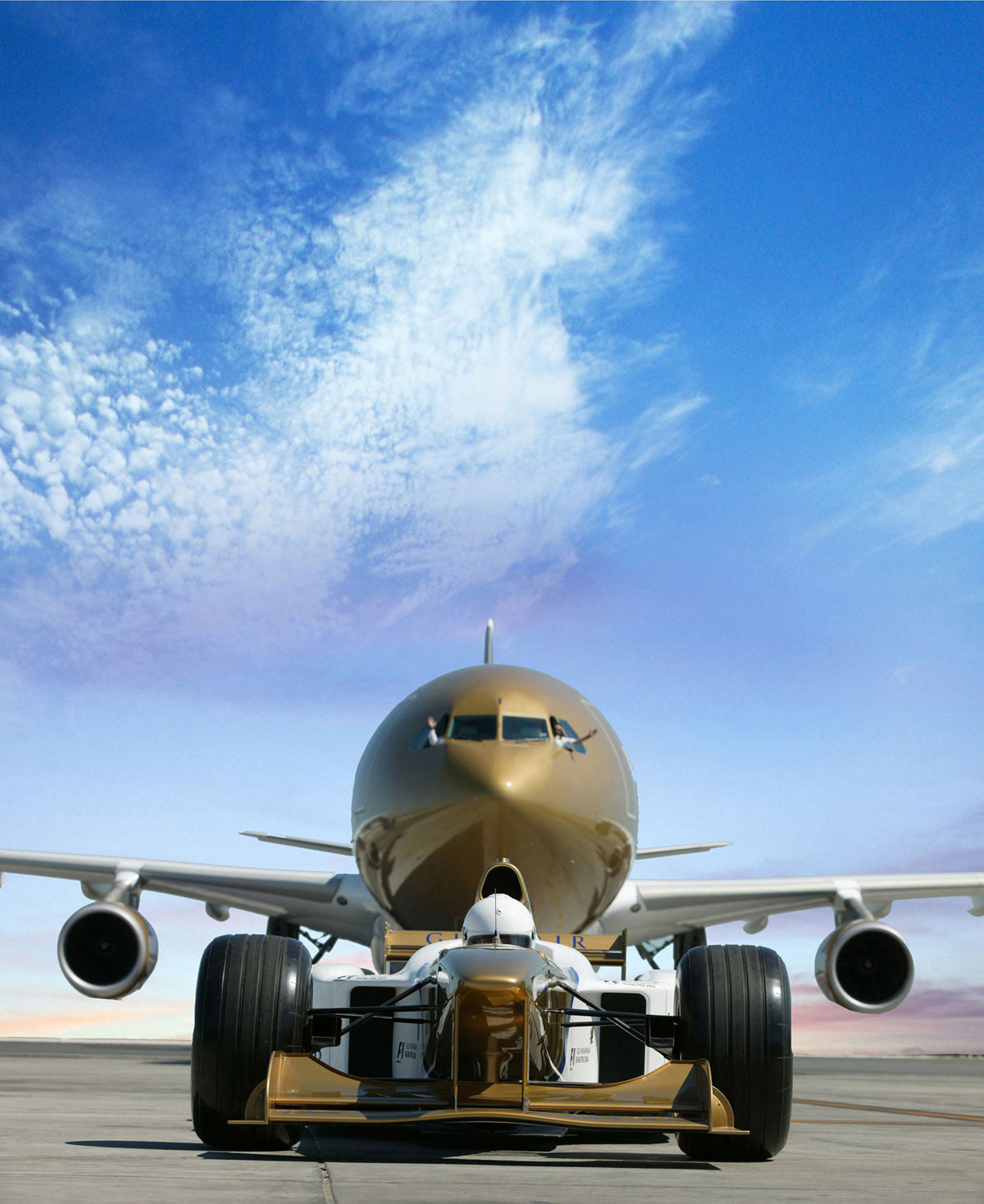



 Gulf Airhost
Gulf Airhost



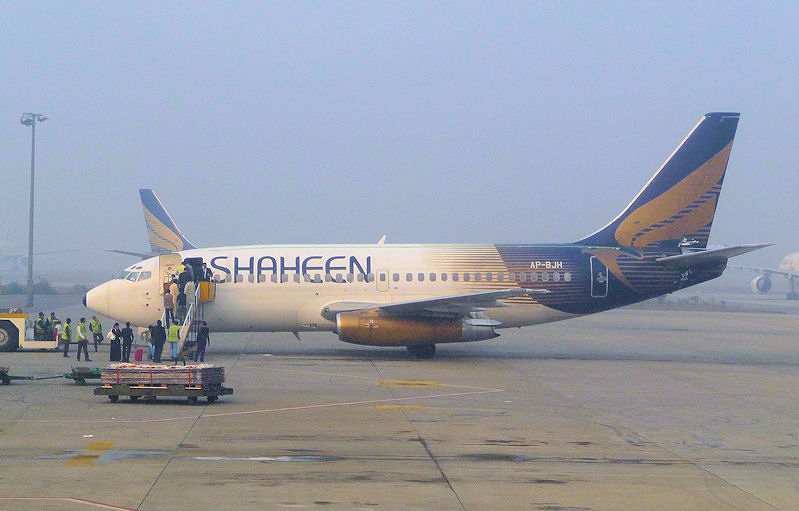

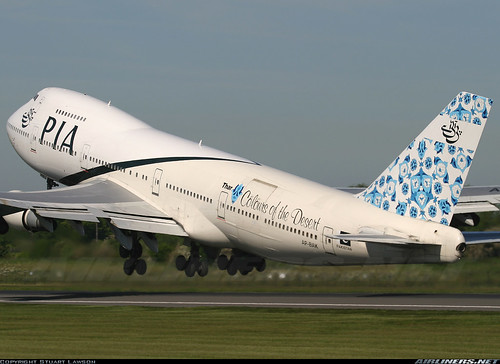




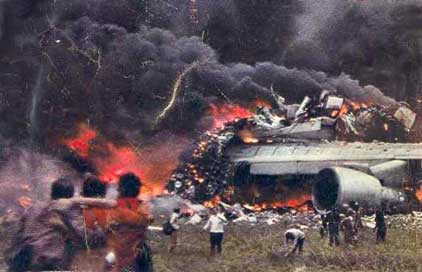
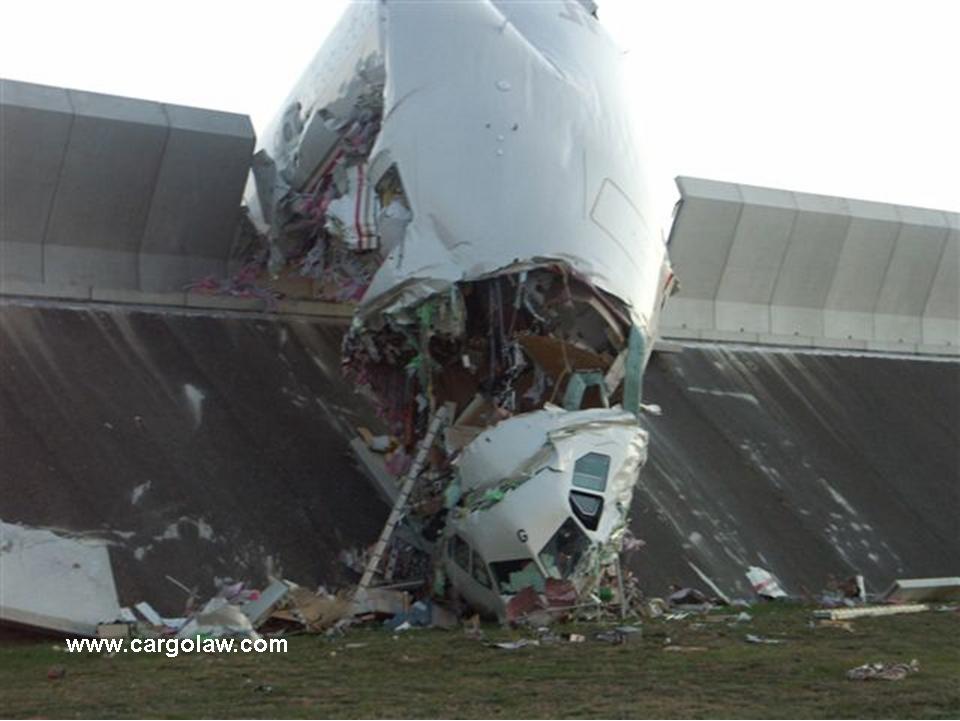


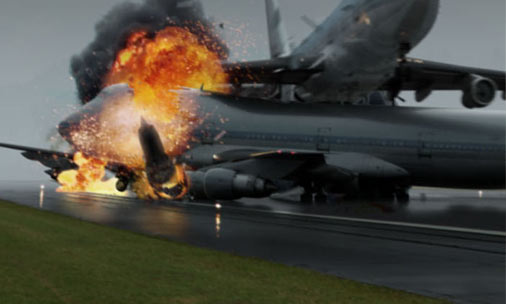



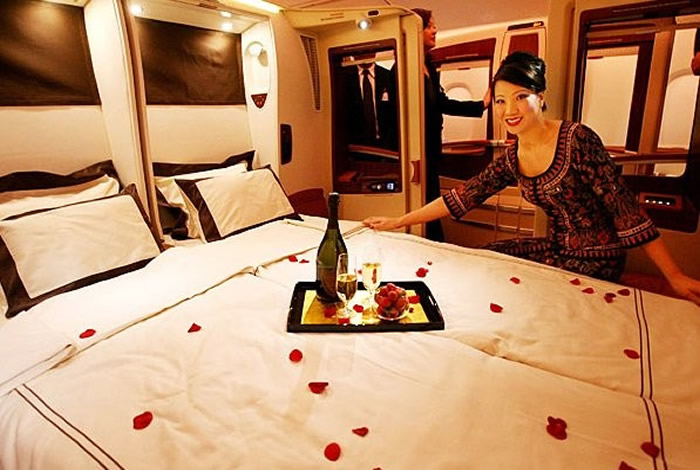




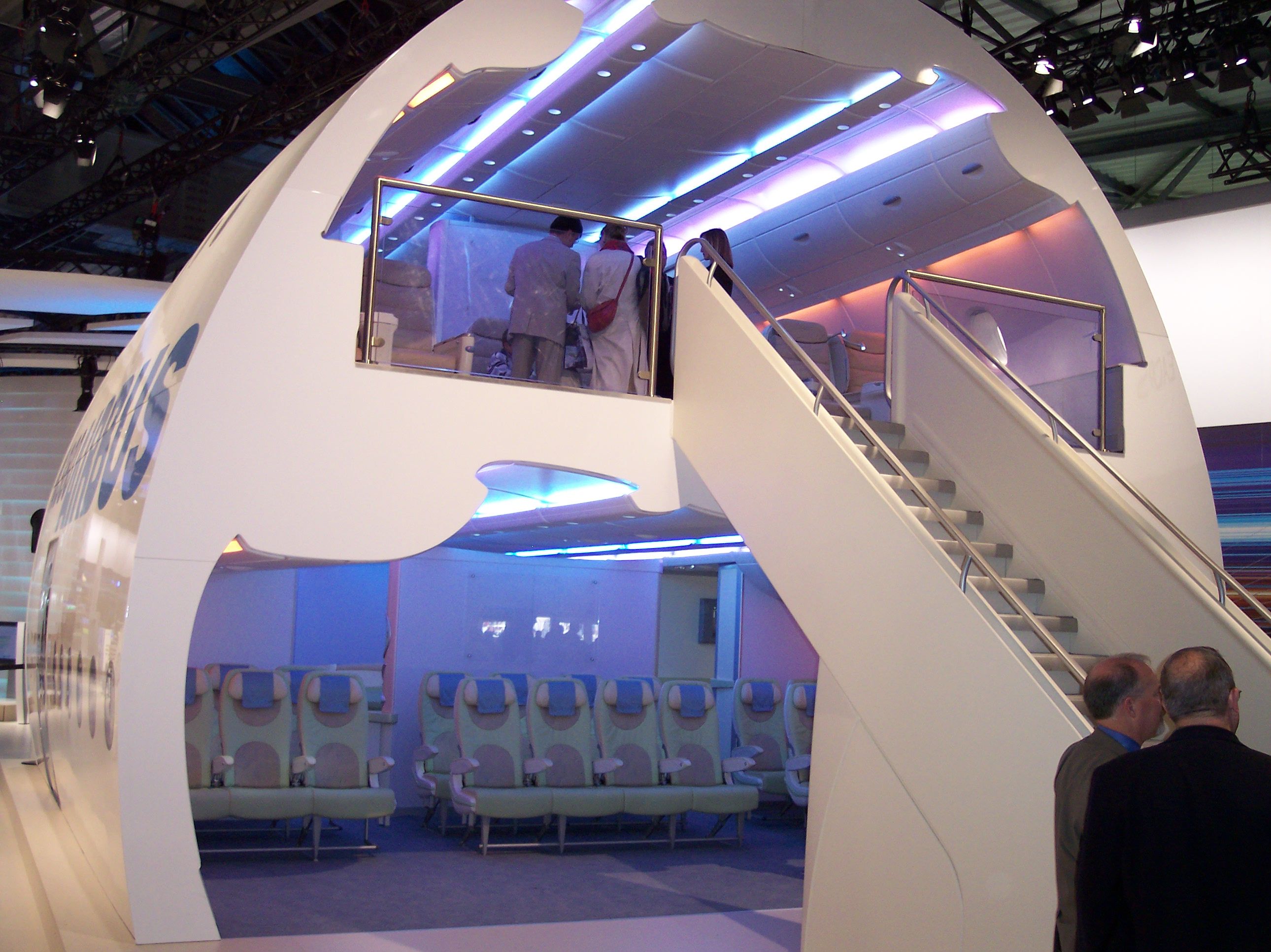




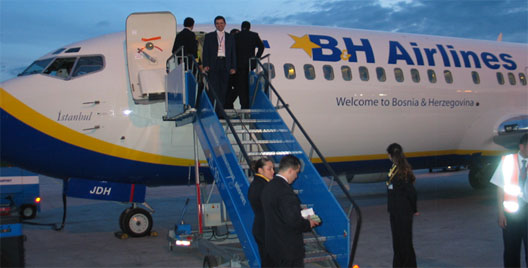


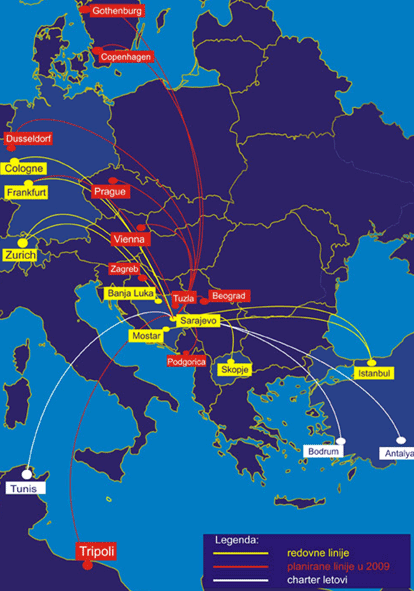 The three Scandinavian routes and Dűsseldorf will use the new 737 while the ATRs will be used on the remaining services.
The three Scandinavian routes and Dűsseldorf will use the new 737 while the ATRs will be used on the remaining services.